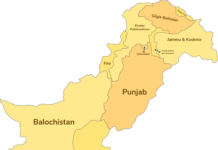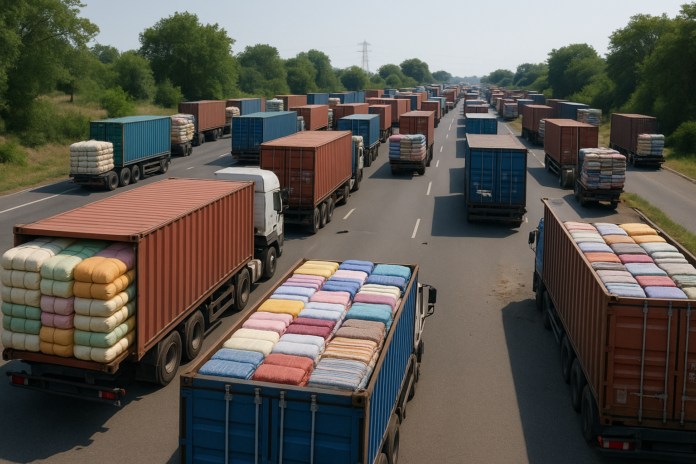Pakistan’s textile sector is grappling with significant obstacles, preventing it from capitalizing on the reduced Indian presence in the US market. Despite expectations of increased market share due to tariffs on Indian textiles, rising production costs, declining cotton quality, and policy changes have hindered the sector’s growth, according to a news report.
Key issues include high tariffs on Pakistani textile exports, flood damage to cotton crops, and changes to the Export Facilitation Scheme (EFS).
The US has imposed a 29% effective tariff on Pakistani textiles, which includes a 19% additional tariff and a 10% base tariff, making Pakistani products less competitive compared to regional competitors like China and Vietnam.
Javed Bilwani, President of the Karachi Chamber of Commerce and Industry, questioned the viability of competing in the US market amid escalating costs. “How can we compete when production costs are so high that selling in the US market becomes unviable?” he remarked.
Adding to the challenges, floods have severely impacted cotton crops, resulting in a decline in both the quantity and quality of the crop. Pakistan’s cotton output is expected to fall to five million bales this year, exacerbated by continuing flood impacts. While the government has yet to complete a full damage assessment, exporters stress that the quality of cotton is a more critical concern than production levels.
Moreover, outdated agricultural practices and poor seed quality have contributed to a drop in cotton quality, further complicating efforts to produce yarn and textiles that meet export standards.
Experts argue that improving cotton quality through research and seed innovation is essential for the sustainability of the textile sector.
Recent amendments to the EFS have compounded the situation. Previously, the scheme allowed for duty- and tax-free imports of raw materials for export production. However, the new rules exclude cotton, yarn, and grey cloth from zero-rating, forcing exporters to pay taxes upfront. This change strains liquidity and increases production costs, making exports even less competitive.
In the face of these challenges, Pakistan’s textile sector continues to struggle. Despite the opportunity presented by India’s reduced access to the US market, experts argue that without improvements in cotton quality and supportive government policies, Pakistan will miss critical export opportunities.
























